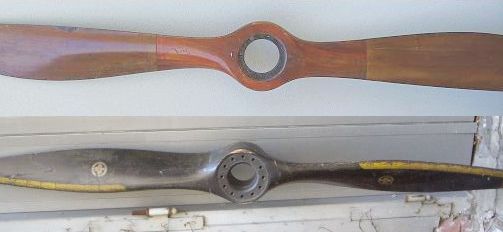On old props the orientation of the bolt center-to-center diameter of bolt holes may vary with the blade form. Are there rules about the angle between the wood grain of the prop and the line across the hub between bolt holes center-to-center?
-pete
-pete

Comment